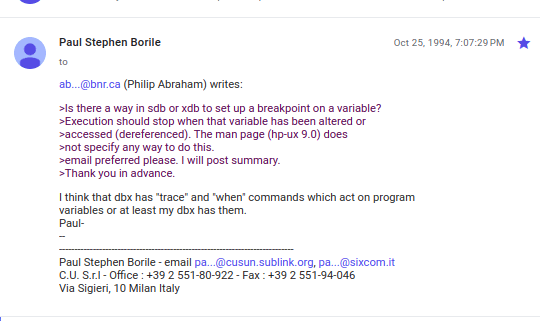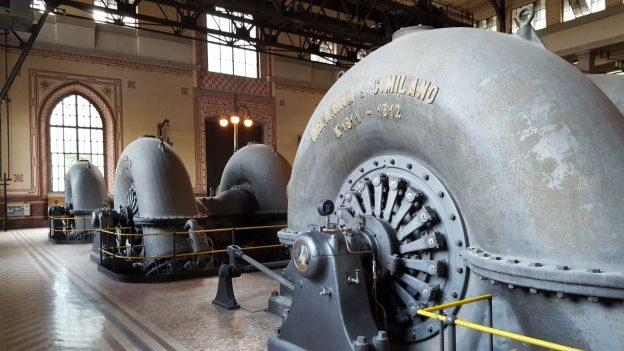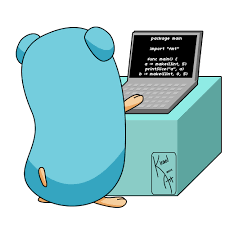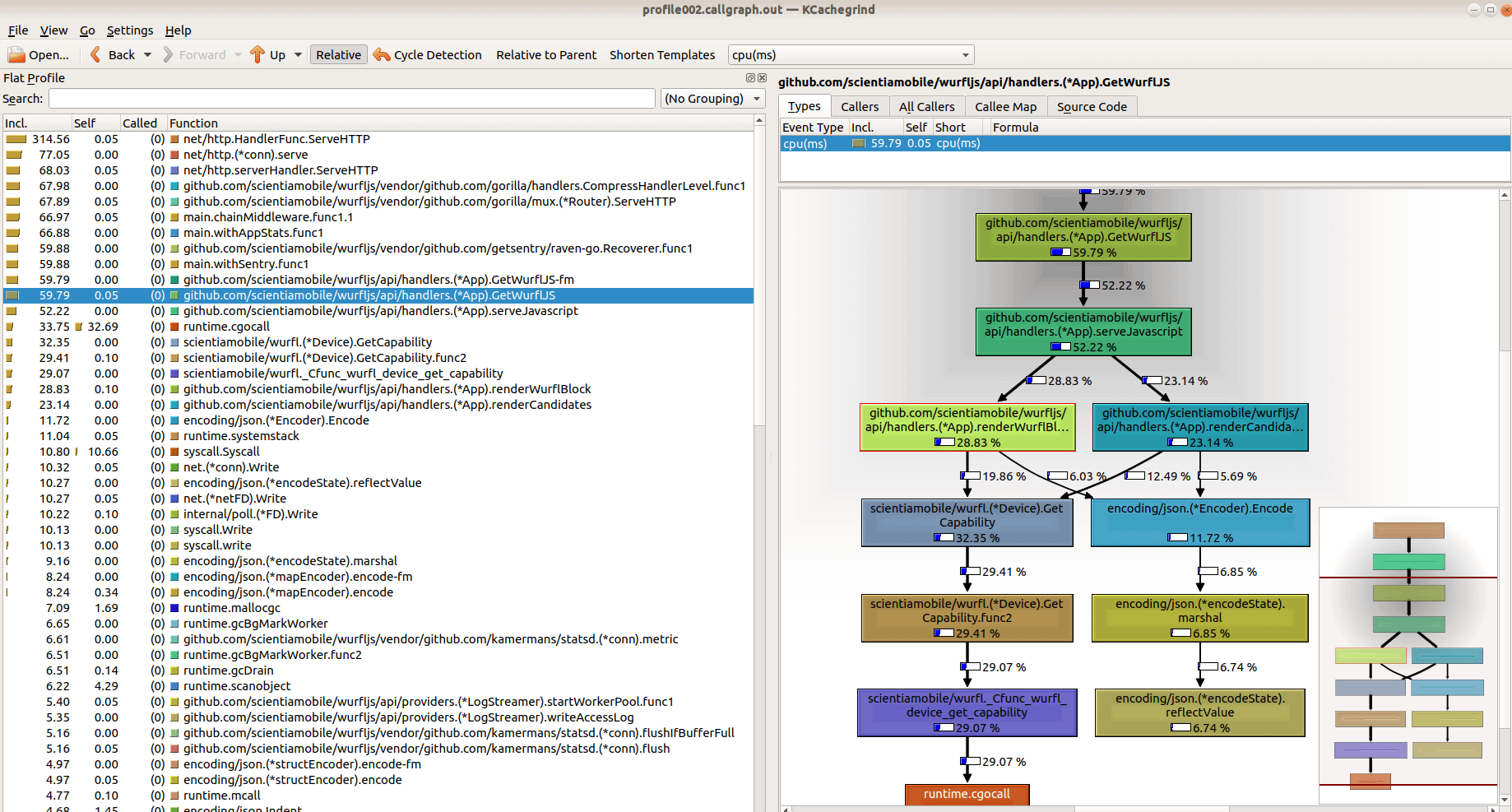Ted Nelson, Project Xanadu https://www.wired.com/1995/06/xanadu/ Parallel Documents
http://oskarstalberg.com/Townscaper/
Federico and Elvia Faggin foundation : http://www.fagginfoundation.org/biography/ , intel4004 paternity debate.
(In italian) Federico Faggin, “Dal microchip alla coscienza la parabola di Federico Faggin”
https://www.spreaker.com/user/15330184/dal-microchip-alla-coscienza-la-parabola references mentioned in the speech :
– many worlds interpretation : https://en.wikipedia.org/wiki/Many-worlds_interpretation , Many-Worlds Interpretation of Quantum Mechanics
Fast cache in go : https://blog.allegro.tech/2016/03/writing-fast-cache-service-in-go.html#the-cache
Where is C Language going : https://research.nccgroup.com/2020/02/19/improving-software-security-through-c-language-standards/ from ( https://cstdspace.quora.com/What-are-the-great-things-about-C-programming-language-which-most-people-are-unaware )
Rust performance pitfalls : https://llogiq.github.io/2017/06/01/perf-pitfalls.html
I personally think that readability is most important feature a programming language must provide. Readability in turn brings the right level of simplicity and orthogonality. Some interesting points here https://medium.com/@thisisfordeveloper/programming-language-evaluation-criteria-part-1-readability-d0872ef5d266
AHA! someone has formalized what I’v been doing for years .. https://code.quora.com/Object-Oriented-Programming-in-C-A-Deep-Dive
Estimating … https://mdalmijn.com/11-laws-of-software-estimation-for-complex-work/
The “bus factor” is the minimum number of team members that have to suddenly disappear from a project before the project stalls due to lack of knowledgeable or competent personnel. The bigger the better ( https://en.wikipedia.org/wiki/Bus_factor )
Zig language https://ziglang.org/
Wuffs (Wrangling Untrusted File Formats Safely) language https://github.com/google/wuffs/blob/main/doc/getting-started.md
Fuchsia OS is out : https://fuchsia.dev/ microkernel based, C++ code (most looks like C)
UA Freeze https://techcrunch.com/2021/05/19/google-unpauses-privacy-focused-changes-to-chrome-ua-strings/
BFF pattern (backend for frontend) : https://samnewman.io/patterns/architectural/bff/
“Global warming: Data centres to consume three times as much energy in next decade, experts warn” https://www.independent.co.uk/climate-change/news/global-warming-data-centres-to-consume-three-times-as-much-energy-in-next-decade-experts-warn-a6830086.html
Median desktop page transfer size has increased by 677KB between 2015 and 2019. An increase of over 50%. https://httparchive.org/reports/state-of-the-web?start=2015_10_01&end=latest&view=list
Software transactional memory https://medium.com/@talhof8/software-transactional-memory-a-stairway-to-lock-free-programming-heaven-9ca1f4dce23f
Personal Feedback i.e. asking others what they think about you : https://intenseminimalism.com/2021/personal-feedback-where-to-start/
Reduce video call fatigue https://intenseminimalism.com/2021/how-to-reduce-video-call-fatigue/
Envoy proxy https://medium.com/swlh/scaling-microservices-with-grpc-and-envoy-proxy-part-2-148f589b2a83
Super fast caches in go https://dgraph.io/blog/post/introducing-ristretto-high-perf-go-cache/
Found this interesting magazine Increment (thanks Swan !) and I really like it :
https://increment.com/software-architecture/case-studies-in-rearchitecting/
PartitionAlloc : https://chromium.googlesource.com/chromium/src/+/master/base/allocator/partition_allocator/PartitionAlloc.md
My oldest Email address : paul@sixcom.it, paul@cusun.sublink.org (I guess), 1990
Oldest reference to something written by me on the net : https://groups.google.com/g/comp.unix.questions/c/UwGUVEAFKz4/m/mzybPpn3mkwJ
there should be something even older by I guess google does not have newsgroups from 1989/90 …

Difference between Reward and Recognition : https://intenseminimalism.com/2020/motivating-motivation-from-reward-to-recognition/
https://en.wikipedia.org/wiki/Code_Complete
https://khaninews.blogspot.com/2019/11/how-computers-are-reinventing-chess.html
“Simple things should be simple, complex things should be possible” Alan Kay https://slideplayer.com/slide/7456299/
AssemblyScript https://www.assemblyscript.org/
Leadership : https://intenseminimalism.com/2015/the-six-styles-of-leadership/
Again on leadership : https://intenseminimalism.com/2015/disassembling-leadership-team-and-vision-are-two-different-skills/




